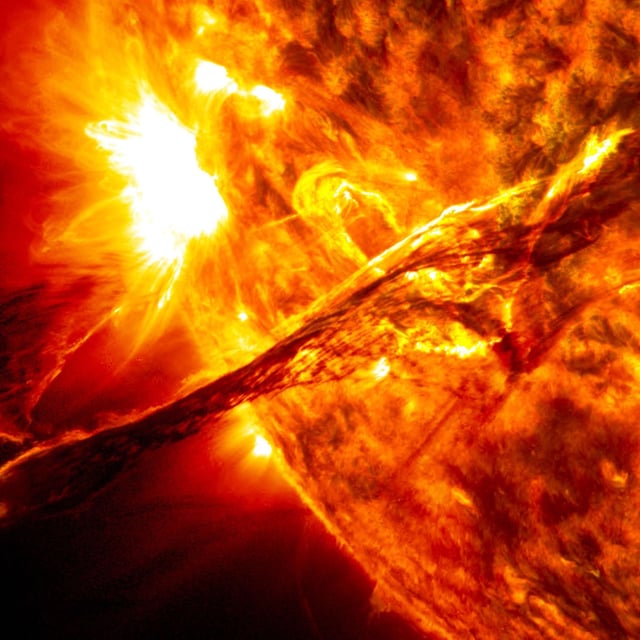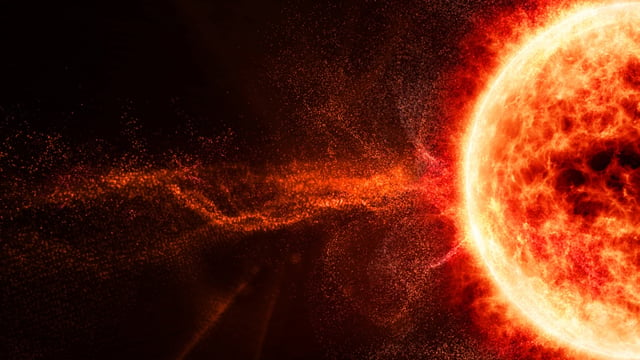Overview
- Researchers detected a massive solar storm from 12,350 BC through radiocarbon spikes in tree rings, marking it as the most intense event ever recorded.
- The storm, identified using wood samples from the French Alps, was over 500 times stronger than the largest solar storm of the satellite era in 2005.
- Geomagnetic storms, caused by coronal mass ejections, can induce damaging currents in power grids, satellites, and undersea cables, posing severe risks to modern infrastructure.
- Historical storms, such as the 1859 Carrington Event and the 1989 Quebec blackout, demonstrate the catastrophic potential of geomagnetic disruptions.
- Scientists are urging the development of advanced early warning systems to mitigate the impact of future extreme solar events on critical technologies.

